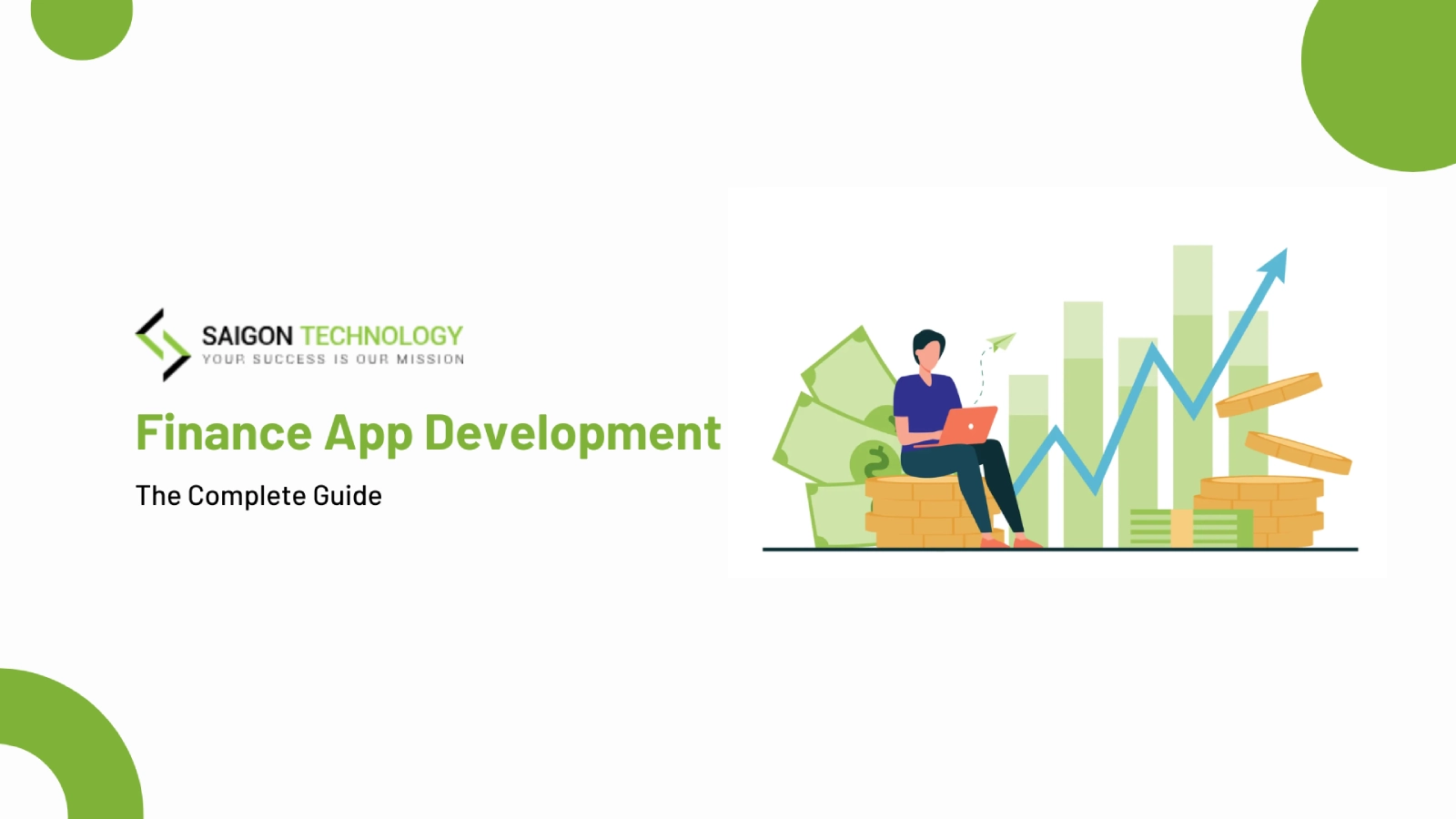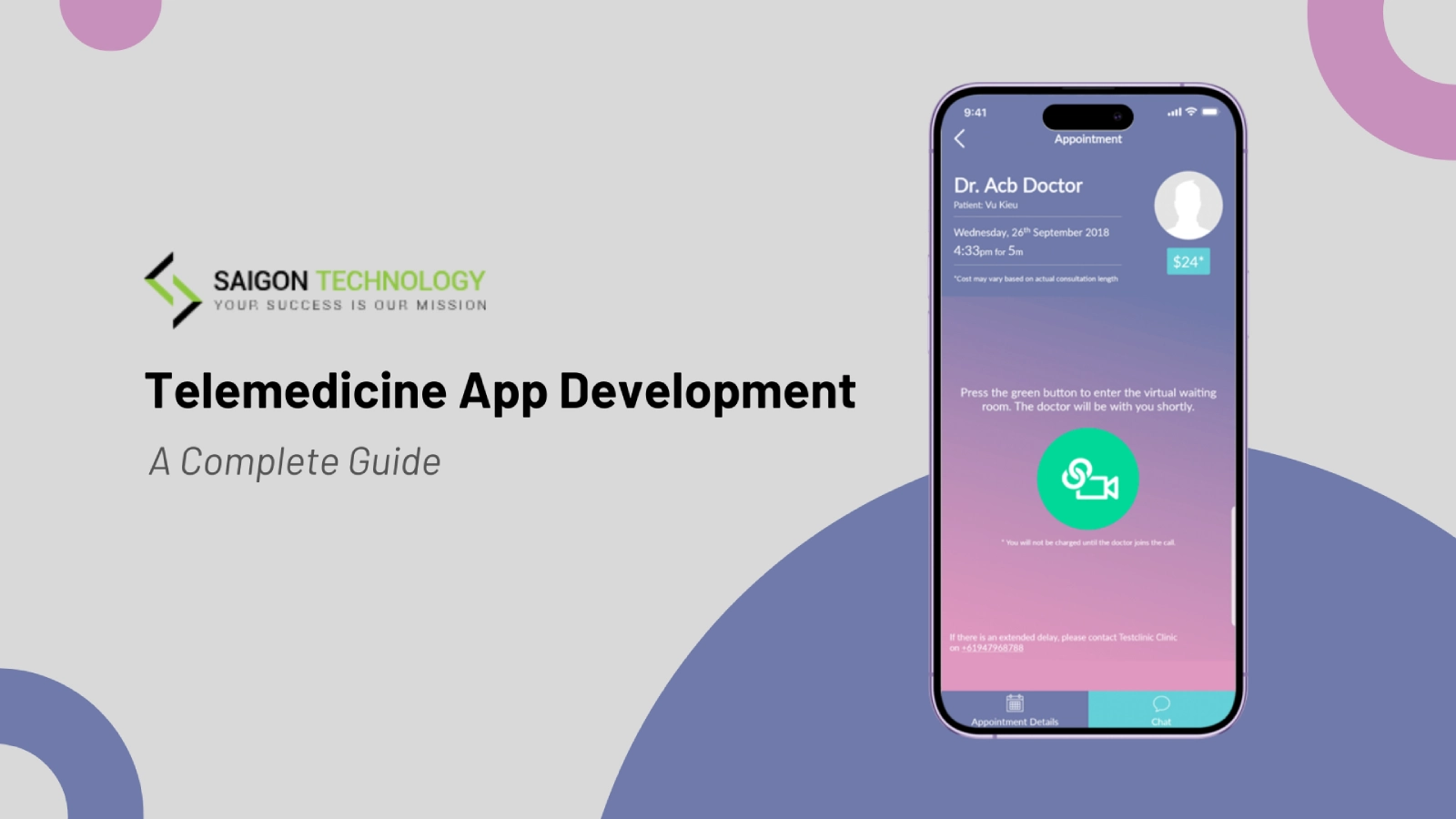Introduction to Software Product Development Management for SMEs
Software Product Development Management is crucial for SMEs aiming to compete effectively in the fast-evolving digital landscape. SMEs often grapple with limited resources, tight budgets, and demanding timelines, making effective product development management even more critical. In this comprehensive guide, we’ll dive into 5 powerful best practices that SMEs can leverage to streamline their software development processes, ensuring efficiency, clear communication, strategic prioritization, measurable progress, and a well-defined roadmap to success.
Best Practice #1: Effective Communication and Collaboration
Effective communication is the backbone of any successful software development project. Without transparent and efficient collaboration, SMEs can experience delays, errors, and misunderstandings, derailing projects entirely. Here’s how to strengthen your communication strategy:
1.1 Develop a Detailed Communication Plan
A well-crafted communication plan outlines communication tools, channels, frequency, and responsible parties. It serves as a roadmap, ensuring all stakeholders, including the technical team, are on the same page, eliminating ambiguity and miscommunication.
1.2 Invest in Robust Communication Tools
Leverage tools such as Slack, Microsoft Teams, and Zoom to facilitate seamless team communication. These tools enable instant messaging, video calls, file sharing, and task management systems, enhancing collaboration and accountability.
1.3 Schedule Daily and Weekly Meetings
Implement daily meetings or stand-ups for quick project updates and problem-solving sessions. Weekly meetings provide a broader perspective, allowing for in-depth discussions on progress, challenges, and adjustments needed.
1.4 Create Call Summaries
Always share concise call summaries post-meetings. Summaries document decisions, action items, and responsibilities, ensuring clarity and continuity in tasks, especially valuable when managing remote teams.
1.5 Manage Client Expectations Proactively
Proactive client expectation management involves transparent updates on timelines, deliverables, and potential roadblocks. Effective communication here ensures clients feel informed, valued, and satisfied, mitigating future conflicts.
Best Practice #2: Defining the Scope of Work Accurately
Clearly defined project scope is foundational in software development. It prevents scope creep, ensures alignment of client needs, and sets realistic expectations for both SMEs and vendors.
2.1 Understanding and Documenting Client Needs
Deeply understanding and documenting technical requirements and technical details ensures all parties have a shared vision. Collaborative workshops and extensive discussions reduce assumptions, promoting clarity.
2.2 Establishing Effective Scope Management Procedures
Develop a comprehensive scope management process. This should include protocols for handling change requests, approvals, and documentation, allowing SMEs to accommodate changes without derailing the project.
2.3 Accurate Task Estimation
Reliable task estimation is crucial in project planning. SMEs should collaborate with vendors to establish realistic timelines based on thorough analysis, ensuring projects stay on track and within budget.
2.4 Defining Clear Deliverables and Milestones
Identify and document clear, measurable deliverables and milestones within the scope. This fosters accountability, simplifies tracking progress, and ensures timely delivery.
Best Practice #3: Strategic Feature Prioritization
Effective feature prioritization ensures SMEs deliver high-value functionalities swiftly, aligning with business objectives and customer needs without overstretching resources.
3.1 Adopting an MVP Mindset
Embracing an MVP mindset (Minimum Viable Product) focuses efforts on core features required for initial launch. This allows SMEs to validate concepts quickly, minimize initial investment, and adapt based on real-world feedback.
3.2 Evaluating Enhancements Necessity
Conduct assessments on the enhancements necessity of each feature. Distinguish between critical functionalities and non-essential additions, enabling more informed decisions about feature inclusion or delay.
3.3 Feature De-scope and Resource Allocation
Strategically performing feature de-scope helps manage limited resources efficiently. Evaluate cost-timeline alternatives, focusing on must-have features first, saving budget, and accelerating delivery.
3.4 Feedback Reliance
Leverage feedback reliance mechanisms, such as surveys and user testing, for prioritizing features. Real-time user insights help SMEs make data-driven decisions on necessary adjustments or enhancements.
3.5 Automation Processes
Integrate automation processes where feasible. Automation reduces manual effort, enabling the team to focus on high-priority, complex tasks and optimizing development time and resources.
Best Practice #4: Performance Metrics and Continuous Improvement
Establishing robust performance metrics allows SMEs to monitor project health, measure success, and continually improve development processes.
4.1 Establish Quality Metrics
Define clear quality metrics, such as bug rates, code quality, and test coverage. Consistently tracking these metrics ensures high-quality product delivery and supports ongoing improvement initiatives.
4.2 Effective Project Management and Tracking
Use effective project management tools like Jira or Trello for tracking task completion, productivity, and estimation accuracy. Regular analysis allows teams to adjust processes proactively.
4.3 Continuous Team Communication
Promote continuous team communication to address issues promptly. Regularly review team performance and collaborate on strategies for efficiency and productivity enhancements.
4.4 Client Expectation Management through Metrics
Regularly share performance metrics with clients for ongoing client expectation management. Transparency ensures clients remain informed and confident in project progression.
4.5 Systematic Testing and Investigations
Implement continuous testing practices, including automated and manual testing. Proactive investigations into bugs or issues ensure quick resolutions, minimizing rework and enhancing product reliability.
Best Practice #5: Comprehensive Planning and Strategic Roadmapping
Effective planning and strategy are crucial in maintaining project direction, meeting objectives, and ensuring resource optimization throughout the software development lifecycle.
5.1 Create a Robust Product Roadmap
A detailed product roadmap outlines the vision, timeline, and features, serving as a strategic guide for project execution. Clearly mapping task prioritization aids in aligning resources and activities.
5.2 Implement Agile Methodology
Adopt an agile methodology to remain adaptable and responsive. Iterative sprints, regular retrospectives, and continuous feedback loops support flexibility, enabling SMEs to pivot based on changing demands.
5.3 Domain Expertise Integration
Leverage vendors with substantial domain expertise to enhance development processes. Their knowledge ensures SMEs receive informed recommendations, effectively navigating industry-specific challenges.
5.4 Utilize Effective Project Management Tools
Incorporate tools like Jira or Asana for effective task management, backlog prioritization, and transparent progress tracking through regular sprint reports, promoting efficiency and clarity.
5.5 Incorporate Offshore Testing Services
Explore integrating offshore testing services for cost-effective, expert testing. This can streamline processes, accelerate bug detection, and maintain quality, especially beneficial for SMEs managing tight budgets.
Best Practice #6: Understanding Competitors and Customers for Strategic Advantage
To remain competitive in software product development, SMEs must constantly understand their competitors and engage deeply with their customers. This knowledge drives informed decision-making, enhances product relevancy, and improves market positioning.
6.1 Conducting Comprehensive Competitor Analysis
Regular competitor analysis allows SMEs to monitor market trends, identify gaps, and assess competitors’ strengths and weaknesses. Understanding these dynamics empowers SMEs to develop unique features, stand out in crowded markets, and avoid pitfalls that competitors may have faced.
6.2 Leveraging Customer Feedback for Product Enhancement
Regularly soliciting and analyzing customer feedback is invaluable. SMEs should collect feedback via surveys, reviews, or direct interactions, leveraging these insights to refine products continually. Feedback not only improves product quality but also builds customer loyalty by demonstrating responsiveness to their needs.
6.3 Implementing Customer Interaction Analytics
Employ customer interaction analytics to track user behavior, preferences, and patterns. Tools like Google Analytics, Hotjar, or Mixpanel provide valuable insights, allowing SMEs to fine-tune user experience, identify pain points, and optimize product usability.
6.4 Prototype Testing with Real Users
Conducting extensive prototype testing with actual users ensures software meets real-world expectations. Testing uncovers usability issues early, allowing SMEs to iterate and refine the product before broader release, ultimately saving time, resources, and enhancing user satisfaction.
6.5 Business Impact Assessment
Perform thorough business impact assessments when introducing new features or making significant changes. Analyzing potential impacts on customers, revenues, and market position ensures SMEs make informed, strategic decisions, mitigating risks and maximizing opportunities.
Best Practice #7: Vendor Selection and Strategic Partnerships
Choosing the right vendor for software product development is critical for SMEs, particularly when outsourcing tasks. Selecting a suitable partner aligns goals, manages risks, and optimizes product quality and delivery timelines.
7.1 Evaluating Vendor Domain Expertise
Ensure potential vendors have relevant domain expertise. Vendors experienced in similar projects understand industry-specific challenges, offer insightful solutions, and expedite development cycles through informed strategies and proven methodologies.
7.2 Using External Platforms for Vendor Evaluation
Platforms such as Clutch and GoodFirms offer reliable, unbiased vendor reviews and ratings. SMEs should utilize these platforms to assess vendor reputation, reliability, and capabilities, narrowing down potential partners based on verified client testimonials and successful project outcomes.
7.3 Choosing Between In-House Developers and Outsourcing
SMEs face critical decisions between hiring in-house developers and outsourcing. While in-house teams offer greater control, outsourcing to specialized firms provides cost-efficiency, flexibility, and scalability, particularly suitable for SMEs with limited resources or specialized needs.
7.4 Vendor Estimation Transparency
Transparency in vendor estimation is crucial. Vendors should provide clear, detailed estimates outlining resources, timelines, and costs. SMEs must avoid ambiguous agreements, ensuring clarity, accountability, and avoiding hidden costs or misunderstandings.
7.5 Considerations for Large-Scale Projects
For large-scale projects, SMEs should evaluate vendors based on scalability, infrastructure, and capacity. Suitable vendors must demonstrate experience in handling extensive, sophisticated software-related projects, assuring SMEs of their capability to manage complexities without compromising quality.
Frequently Asked Questions (FAQs)
Q1: Why is effective communication crucial in software product development management for SMEs?
Answer: Effective communication ensures all stakeholders remain aligned, preventing misunderstandings and enabling smooth collaboration, which ultimately leads to successful project outcomes.
Q2: How can SMEs manage scope effectively in software development projects?
Answer: SMEs can manage scope effectively by clearly defining project boundaries, documenting technical requirements, implementing robust scope management procedures, and proactively handling change requests.
Q3: What is feature prioritization, and why is it important?
Answer: Feature prioritization involves systematically deciding which features to develop first based on business impact, user needs, and resources. It ensures SMEs deliver essential functionalities efficiently without overextending resources.
Q4: Why are performance metrics important in software development?
Answer: Performance metrics provide measurable data on project progress, quality, and team productivity. These metrics enable continuous improvement, informed decision-making, and enhanced client trust through transparency.
Q5: How does agile methodology benefit SMEs in software development?
Answer: Agile methodology promotes flexibility, allowing SMEs to adapt quickly to changes, reduce risks through iterative development, and continually refine products based on user feedback, enhancing product relevance and quality.
Q6: What should SMEs consider when selecting a software development vendor?
Answer: SMEs should consider vendor domain expertise, reputation (using platforms like Clutch or GoodFirms), estimation transparency, scalability for large-scale projects, and compatibility with their business goals and culture.
Conclusion
Implementing these 5 powerful best practices in Software Product Development Management for SMEs can significantly enhance product development processes, mitigate risks, and drive project success. By mastering communication, clearly defining scope, strategically prioritizing features, establishing robust metrics, and engaging in comprehensive planning and strategy, SMEs can navigate software development complexities confidently, ensuring sustained growth, efficiency, and market competitiveness.











